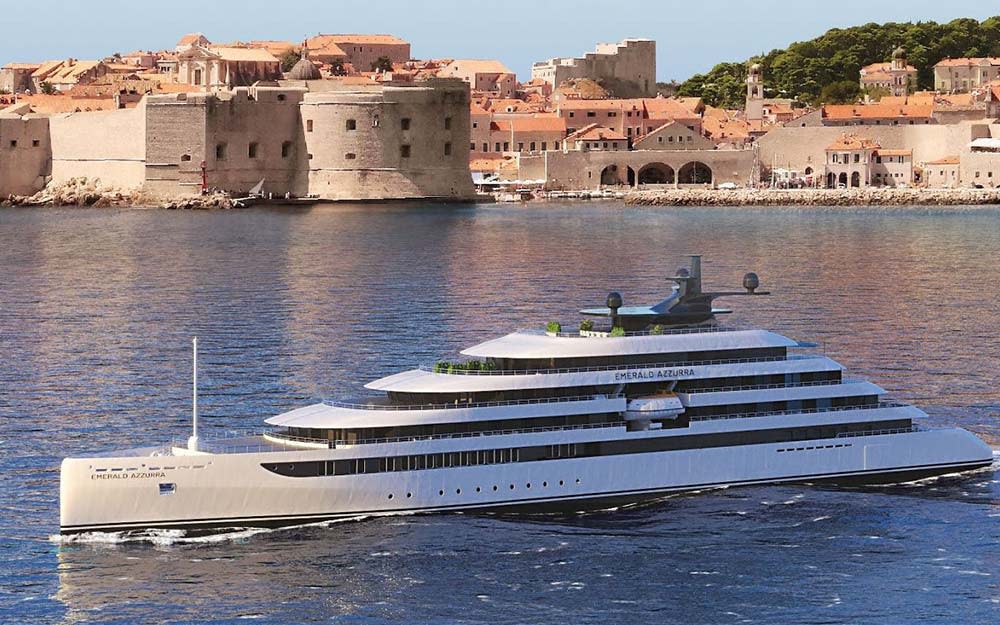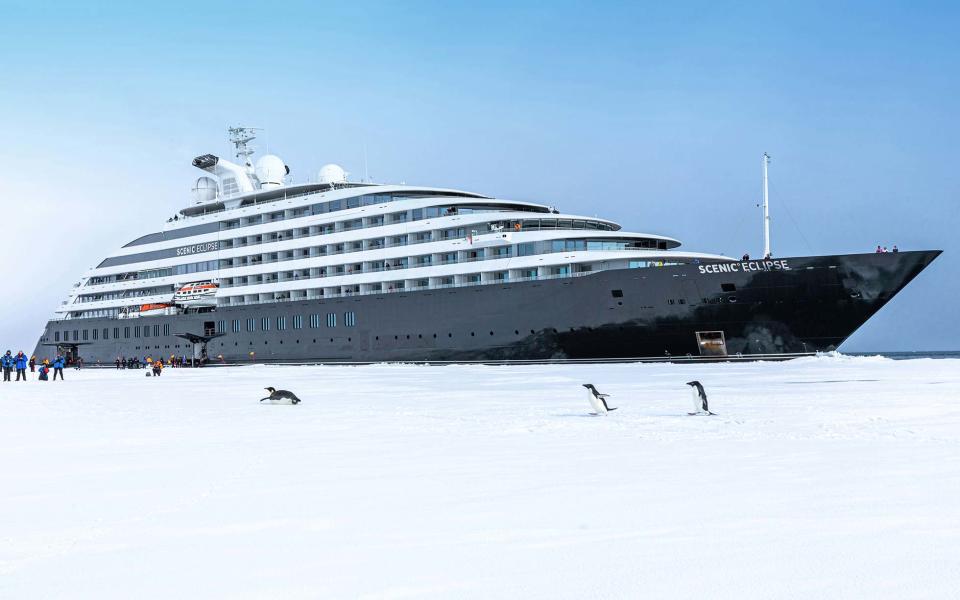Forget floating hotels, these ships are made for people who hate cruises

What picture forms in your head if asked to imagine a cruise ship? Results of a straw poll among friends suggest the first thought is behemoths, the floating holiday resorts thundering between ports.
There remains a place for these in the cruising seascape, but they have been one of the major victims as coronavirus forces the industry to remould itself. Carnival Corporation, the world’s biggest cruise operator, is dropping 13 ships from its fleet this year – that’s a never-before-seen reduction in capacity of 9 per cent – and the debuts of Royal Caribbean’s Wonder of the Seas (which will become the world’s largest) and Carnival’s Mardi Gras have been delayed.
But if there are losers in this scenario, there must be winners. We’re seeing the rise of smaller vessels.
Edwina Lonsdale, managing director of Mundy Cruising, told The Telegraph that in the past month, 90 per cent of ocean-going bookings had been for ships carrying fewer than 1,000 passengers, and demand is high for European river cruises on ships carrying no more than 160.
But this isn’t a knee-jerk reaction to coronavirus; what we are seeing is a long-term pivot of future patterns.

The resurrection of Swan Hellenic exemplifies this shift. The original line ceased trading in 2017, but its return in late 2021 was announced last month. While its ships only ever carried a few hundred passengers, its new vessels will take around 150 on voyages.
Only the week before, Viking Cruises revealed it would be launching a new 80-passenger ship, Saigon, for Mekong itineraries. Two months before that, amid the heights of Covid-19 uncertainty, luxury operator Scenic began construction of its second ocean vessel. Eclipse II will carry just over 200 passengers. The line will deliver four more vessels over the next six years.
And at the start of 2020, Scenic’s sister company, Emerald Waterways, announced plans to build the 50-cabin Emerald Azzurra yacht, due to launch in the Mediterranean in September 2021. They are after a “younger, more active crowd that wants to sail into ports like Monaco and enjoy that lifestyle at an affordable price,” according to David Winterton, the line’s director of marketing and global brand.
But it’s not purely a pandemic-induced need for space that is turning attention to more petite craft, which generally allow for more personal space (although cruise buffs, such as Lonsdale, say that this is an important consideration for customers at the moment).
There’s a wider acknowledgement of overtourism – ports can strain under an influx of passengers from large ships. Smaller ships, especially newer iterations, are gentler with their carbon footprint – though it would be remiss to omit that larger ships, especially the latest generations, are making changes (P&O Cruises’ delayed Iona is powered by liquefied natural gas).
Perhaps the biggest lure is the ability to reach destinations that their giant cousins can’t – Greek islands that aren’t heaving with tourists; Indonesian provinces that still feel off-grid, such as portions of West Papua.
It is these memorable experiences that cruise lines will need to sell if they wish to tempt reluctant cruisers, and new demographics, on board.

